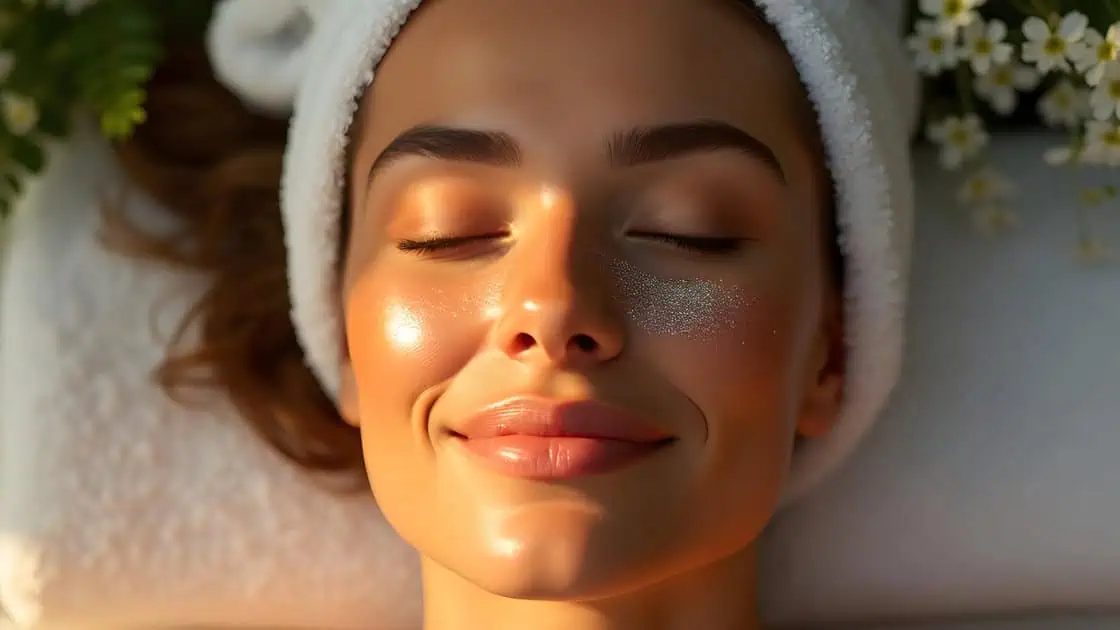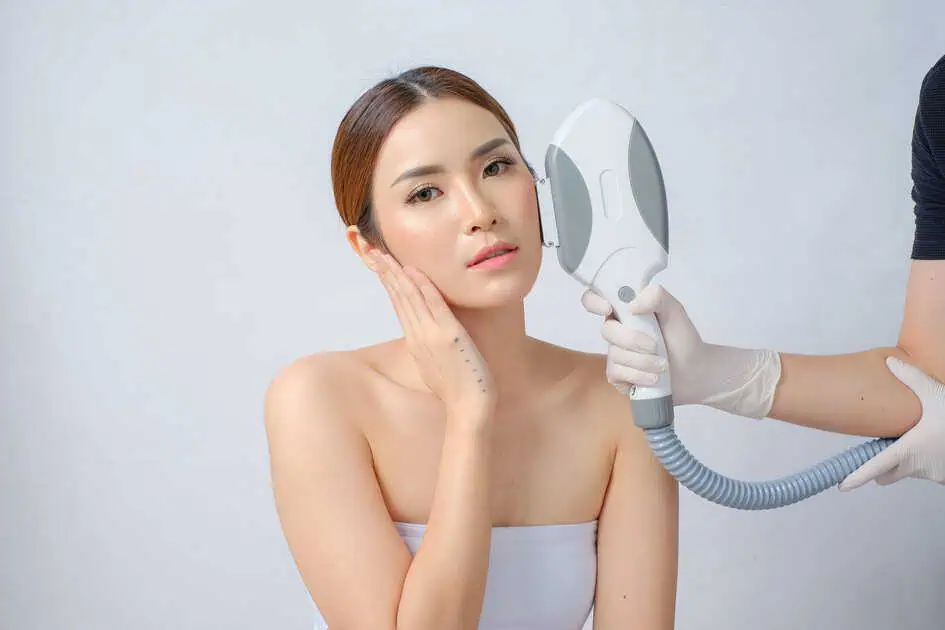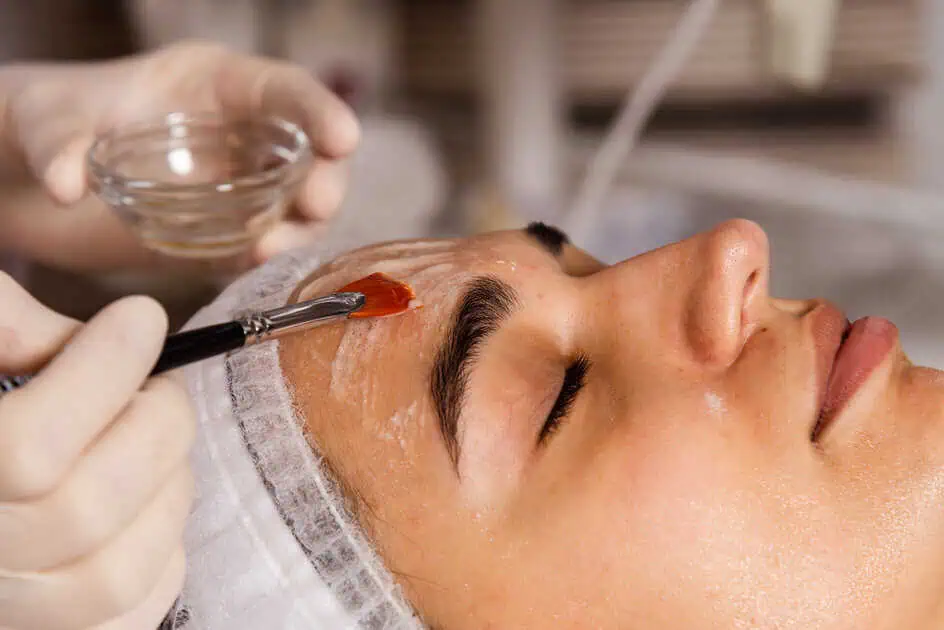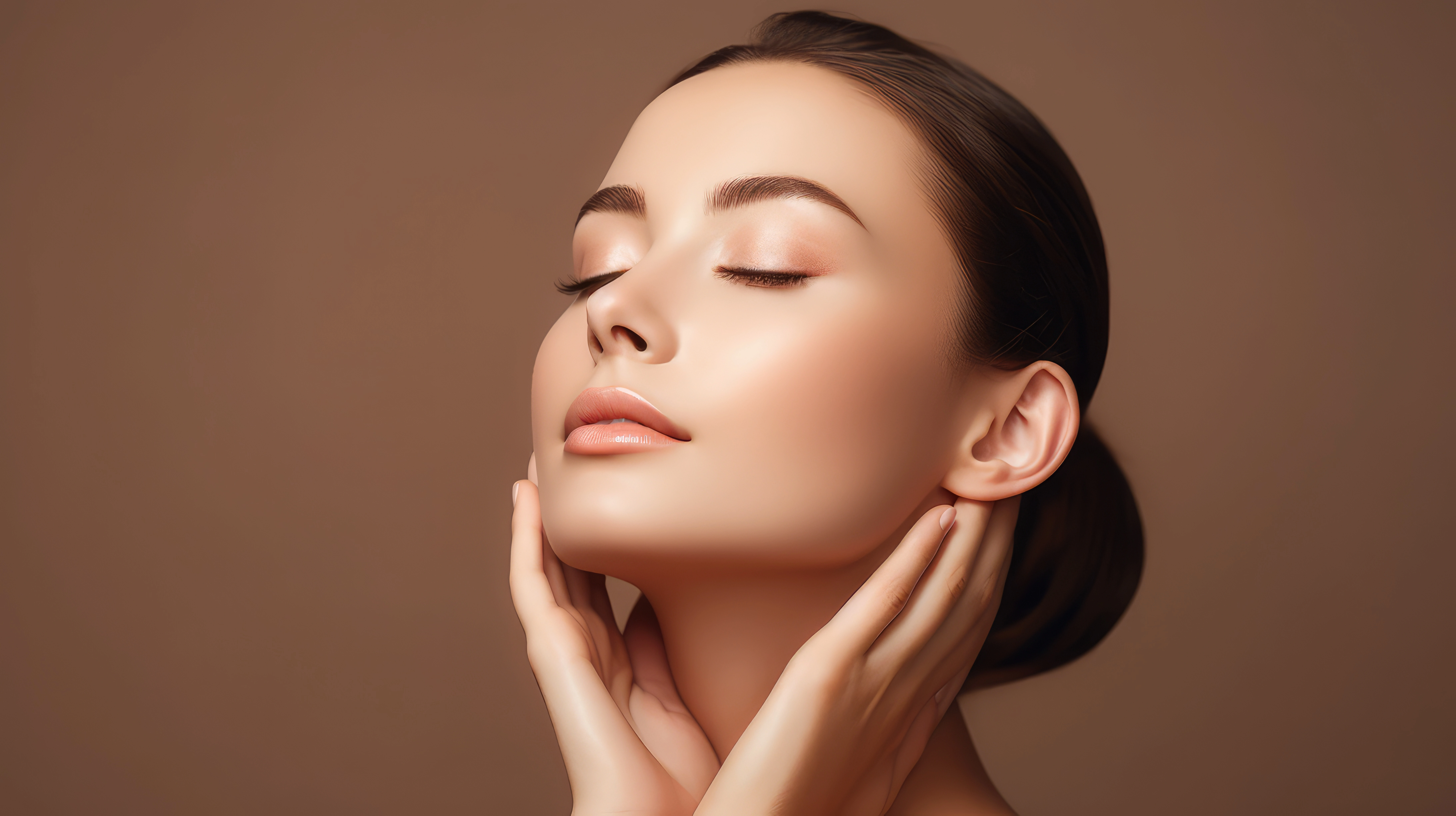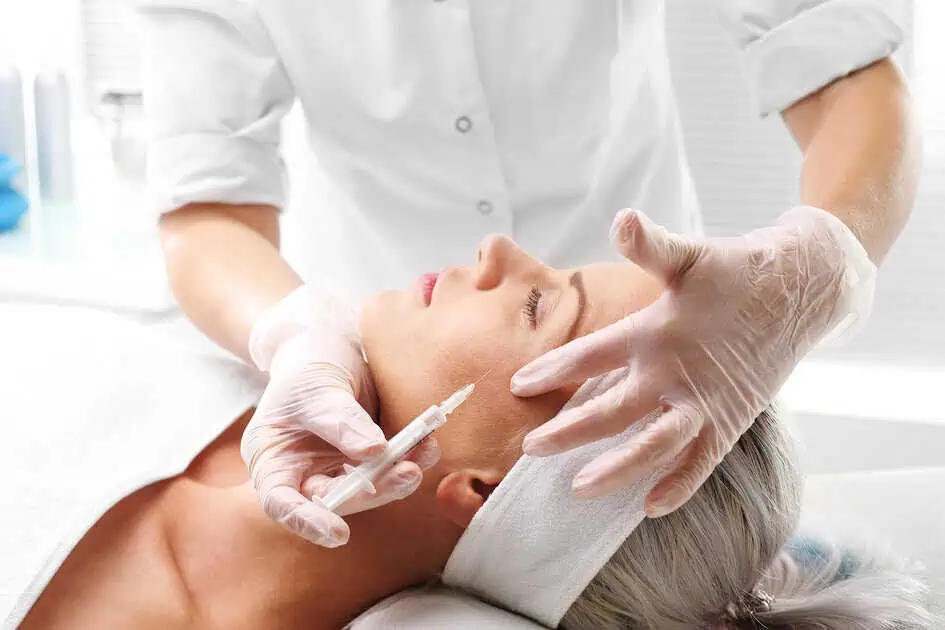A photofacial, also known as intense pulsed light therapy (IPL), is a non-invasive cosmetic treatment that uses light energy to improve the appearance of the skin. It is a popular treatment for reducing the appearance of sun damage, age spots, rosacea, and other skin conditions.
Today, let us know more about this treatment, how it works, and some benefits one can get after experiencing it. Read until the end and discover if photofacial treatments can work for you.
What is a Photofacial Treatment?
Photofacial treatment uses broadband light and a sophisticated delivery system. This device targets pigmentation issues such as rosacea, sun spots, and visible vessels. The result is a more even, glowing complexion. When done annually, this can be a preventative treatment. The light beams delivered by the photofacial treatment will gently heat the first few layers of your skin. The heat absorbed by the targeted areas improves all aspects at a cellular level and will stimulate your skin’s cells to regenerate your skin to its natural beauty.
Each photofacial treatment will reveal ultra-clarified, vibrant, and youthful skin. We use a new revolutionary technology added to the system that delivers 4x the speed, 3x the peak power, and maximum cooling making it the best intense pulsed light device to treat brown spots, red spots, fine lines, acne, enlarged pores, and more! This treatment is safe and perfect for all skin types.
The pros of this treatment include the following:
- Treats rosacea, freckles, small vessels, and sunspots
- Diminishes signs of aging such as wrinkles
- Reduces acne and treats inflammation
- Improves skin laxity
Furthermore, did you know that photo facial-induced anti-aging effects are seen at a cellular level and contribute to a youthful appearance? Continue reading to learn more about photofacial treatments.
How Photofacial Treatments Work
During a photofacial treatment, a device emits high-intensity light pulses onto the skin. The light is absorbed by the skin’s melanin and hemoglobin, which helps to break down the pigment that causes dark spots and redness. The heat generated by the light energy also stimulates the production of collagen, a protein in our body that helps keep the skin firm and elastic.
Photofacials are typically performed on the face, neck, chest, and hands, as these areas are most prone to sun damage and signs of aging. The treatment suits most skin types and can be customized to target specific concerns.
Before the treatment, the skin is cleansed, and a cooling gel is applied to the treatment area. The device is placed against the skin, delivering light energy in short bursts. Patients may feel slight stinging during the treatment, but it is generally well-tolerated.
The length of the treatment can vary depending on the size of the treatment area, but most photofacials take around 30 minutes to complete. After the treatment, patients may experience mild redness and swelling, but this typically subsides within a few hours.
Most patients require multiple photofacial treatments to achieve the best results. Depending on the severity of the skin concerns, 3-5 treatments may be recommended, spaced 3-4 weeks apart.
While photofacials are generally safe and effective, they are unsuitable for everyone. People with darker skin tones may be at risk of hyperpigmentation, and those with active infections or skin conditions may need to postpone treatment. It is essential to consult with a qualified healthcare provider or aesthetician to determine if photofacial treatment is proper for you.
What to Expect from Photofacial Treatments
A photofacial, also known as IPL (Intense Pulsed Light) treatment, is a non-invasive cosmetic procedure that uses light energy to rejuvenate the skin. This treatment is commonly used to improve the appearance of fine lines, wrinkles, sun spots, acne scars, and other skin conditions.
Before the Treatment:
Before undergoing a photofacial treatment, it is essential to prepare your skin properly to ensure the best results. You should avoid sun exposure, tanning beds, and self-tanning products for at least two weeks before your appointment. You should also avoid using products containing retinoids, glycolic acid, or salicylic acid for at least three days before the treatment.
During the Treatment:
During the photofacial treatment, the practitioner will use a handheld device that emits intense pulsed light, targeting the skin’s deeper layers. The treatment typically takes about 30 minutes to an hour. The length of time needed depends on the size of the treatment area.
Most patients describe the sensation of the treatment as a slight snapping or stinging feeling, similar to a rubber band being snapped against the skin. However, the discomfort is usually minimal, and most patients do not require any numbing cream or anesthesia.
After the Treatment:
After the photofacial treatment, patients may experience mild redness and swelling, typically subsiding within a few hours. It can be helpful to avoid sun exposure and wear sunscreen with an SPF of at least 30 for several weeks after the treatment to protect the skin.
Patients should also avoid using harsh skincare products or exfoliants for at least one week after the treatment to allow the skin to heal correctly. You can apply makeup immediately after the treatment, but it is recommended to use mineral-based makeup to avoid any irritation.
Results:
The results of a photofacial treatment are typically gradual and may not be noticeable immediately. Most patients require treatments four to six weeks apart to achieve optimal results.
After a series of treatments, patients can expect to see a significant improvement in the appearance of fine lines, wrinkles, sunspots, and other skin conditions. The skin will appear smoother, more even-toned, and more youthful.
Overview:
A photofacial treatment is a safe and effective way to rejuvenate the skin and improve the appearance of fine lines, wrinkles, sunspots, and other skin conditions. By properly preparing the skin before the treatment and following the post-treatment instructions, patients can achieve optimal results and enjoy smoother, more youthful-looking skin. It is essential to consult with a qualified practitioner to determine if a photofacial treatment is proper for you and to discuss any concerns or questions you may have.
Final Thoughts on Photofacial Treatments
In conclusion, photofacial treatment is a non-invasive cosmetic procedure that uses light energy to improve the appearance of the skin. It is a safe and effective treatment for reducing the unwanted appearance of sun damage, age spots, rosacea, and other skin conditions. While you may require multiple treatments to achieve the best results, photofacials offer a convenient and effective way to improve the overall health and appearance of the skin significantly.
If you are interested in experiencing photofacial treatments, our awesome friends at Joslin Medical Spa by Thompson Plastic Surgery can help you today.


